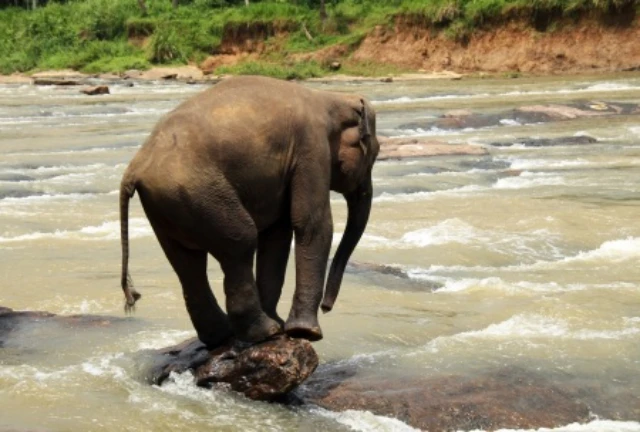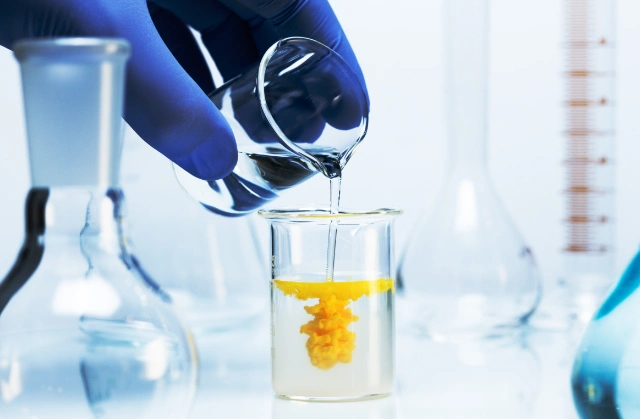Dynamic equilibrium

Aims of this page
After studying this page, you should be able to:
- describe what is meant by an open system and a closed system
- describe and explain dynamic equilibrium in reversible reactions.
Open and closed systems
Chemical reactions can happen in two types of system:
- an open system – substances can enter or leave
- a closed system – substances cannot enter or leave.
Closed systems include reactions involving solutions in a beaker or test tube, and reactions involving gases in a container with a closed lid.

Reaching equilibrium
Reversible reactions that happen in closed systems eventually reach a dynamic equilibrium. At this point:
- the forward and reverse reactions still carry on (dynamic), but
- they happen at an equal rate, and so
- the concentrations of all reacting substances do not change (equilibrium).
The video below shows a young girl walking the wrong way on a travelator. Notice that:
- she stays in the same position when she walks at the same speed as the travelator, just like a chemical reaction at equilibrium
- she moves towards or away from the camera when she speeds up or slows down.
Dynamic equilibrium
Reversible reactions that happen in closed systems eventually reach a dynamic equilibrium. At this point:
- the forward and reverse reactions still carry on (dynamic), but
- they happen at an equal rate, and so
- the concentrations of all reacting substances do not change (equilibrium).
The video below shows a young girl walking the wrong way on a travelator. Notice that:
- she stays in the same position when she walks at the same speed as the travelator, just like a chemical reaction at equilibrium
- she moves towards or away from the camera when she speeds up or slows down.
